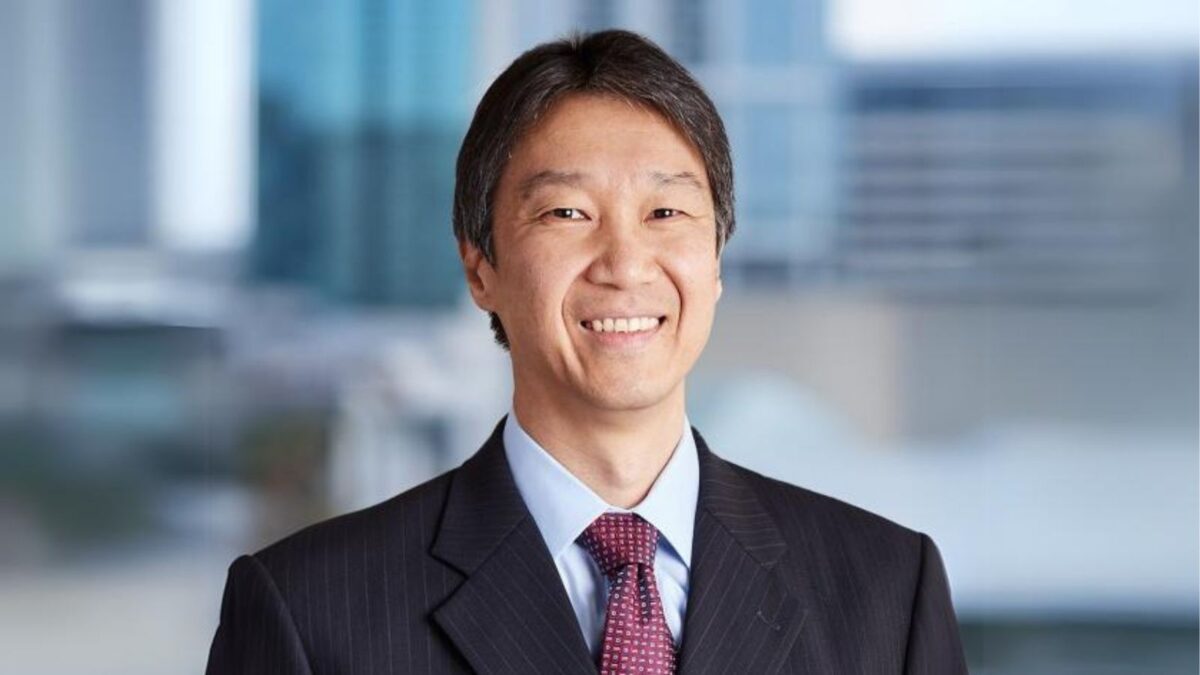High net worth market bounces back
The high-net-worth market has bounced back, according to a report by Capgemini and RBC Wealth Management, particularly in the US and the Asia Pacific region. The total population of high-net-worth individuals (HNWIs) increased 9.2 per cent in 2012 after a flat 2011.
The report, an annual study, this year included the results of one of the largest pieces of research on the behavior of HNWIs, of whom there were 12 million around the world at the end of 2012. HNWIs are defined as people with more than US$1 million in investable assets.
The wealth of the HNWI population in North America increased 11.7 per cent and in Asia Pacific 12.2 per cent over the year. However, the growth in the HNWI population was greater in North America – 11.5 per cent – compared with Asia Pacific’s 9.4 per cent. The report estimates there are 3.73 million HNWIs in North America and 3.68 million in Asia Pacific. But growth in Asia Pacific is expected to be the main reasons for an estimated 6.5 per cent growth in HNWI assets a year to US$55.8 trillion by 2015.
Australia ranked ninth in terms of number of HNWIs (207,000), after the US (3,436,000), Japan (1,902,000), Germany (1,015,000), China (643,000), UK (465,000), France (430,000), Canada (298,000) and Switzerland (282,000). Australia was ahead of Italy, Brazil and South Korea.
The survey of 4,400 HNWIs in 21 countries showed confidence in future wealth generation aided by an increased level of trust in firms and wealth managers, but this was dampened by lower trust on markets and regulators.
Average asset allocation around the world showed cash and deposits as the most attractive asset class, with 28.2 per cent of assets, followed by equities with 26.1 per cent, real estate with 20.0 per cent, fixed income with 15.7 per cent and alternatives with 10.1 per cent.
However, there were regional differences. The highest allocations to alternatives were in the Middle East and Africa (16.3 per cent), Asia Pacific, ex Japan (13.7 per cent) and Latin America (13.1 per cent). Middle East and Africa had the lowest allocation to equities (17.0 per cent) and North America the highest (37.2 per cent). Japan had by far the highest allocation to cash and deposits (49.4 per cent), compared with the rest of Asia Pacific (22.7 per cent) or North America (21.3 per cent).
An interesting section on “Allocations to Investments of Passion”, showed jewelry, gems and watches as the largest asset sub-class, with 31.6 per cent, followed by ‘other collectibles’ (24.4 per cent), ‘luxury collectibles’ (19.0 per cent) and art (16.9 per cent). Japan had the highest allocation to ‘sports investments’ (11.8 per cent) against a global average of 8.0 per cent.
Highlights from the qualitative part of the survey included:
- the focus on wealth preservation is pronounced globally
- the preference for a single point of advice and service is strong
- more HNWIs perceive their wealth management needs to be ‘straightforward’ – focused on investments, cash and credit – rather than ‘complex’ – involving family, business ownership or philanthropy.
- The current demand for digital channels for advice and management is robust globally, especially for HNWIs under the age of 40.









